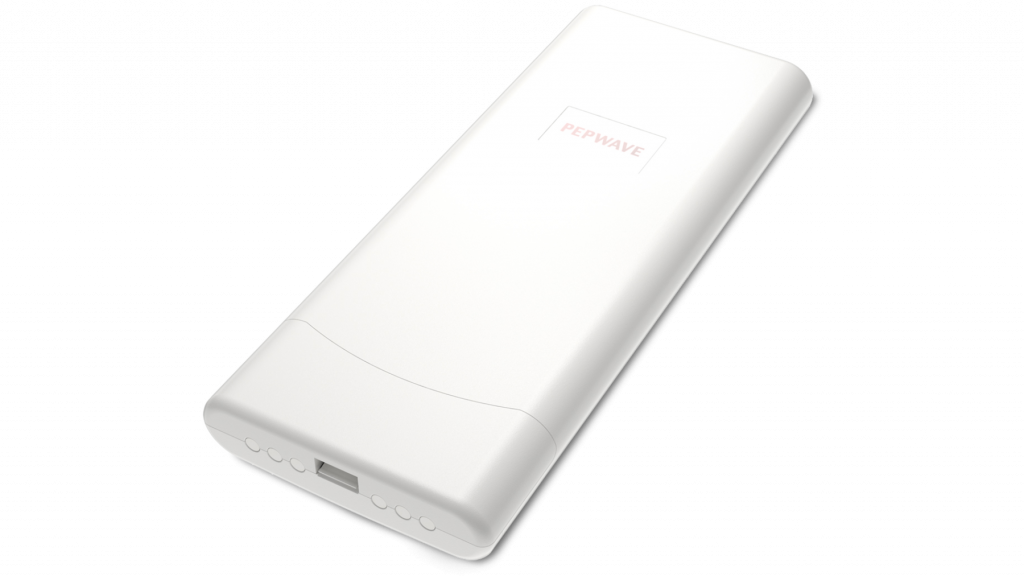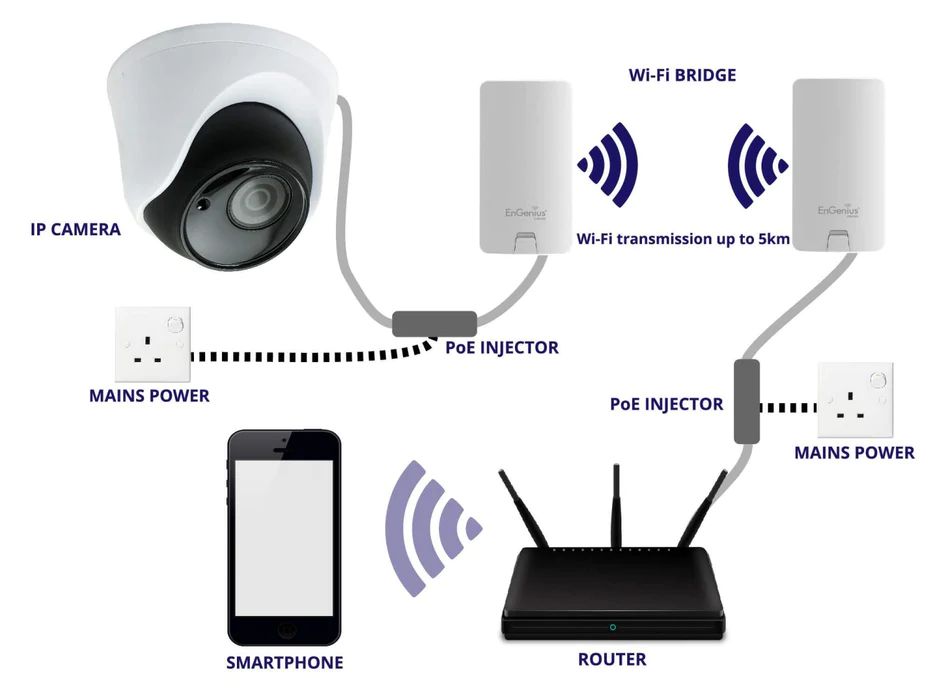Wireless connection is the most used term in the technological world. Moreover, WiFi routers are probably the first thing that comes to your mind when you hear this expression. But there is also a WiFi bridge.
However, a misconception between these two terms happens quite often. Therefore people often wonder what is a wireless bridge. For that matter, continue reading our article and learn all about it.

What Is a Wireless Bridge?
So, what is a wireless bridge? The short answer to this question is a networking device that connects two different parts of the local area network. As the name implies, it represents the bridge between the two parts, allowing them to connect over the air.
Furthermore, the device comes with a built-in antenna. The antenna’s role is to send and receive radio signals. In addition, it also serves to connect two or more recognized IP networks. This is how they are linked through a wireless connection.
Moreover, a wireless bridge is also called an FTA bridge. Additionally, FTA means a free-to-air bridge. Also, they can be referred to as point-to-point links. This is because wireless communication is always done between two transceivers.
When it comes to its performance, the wireless bridge is defined by its network performance and its range. Therefore, its bandwidth caps vary between 1 to 1.25 Gbps. In addition, the distance this device can cover reaches up to 60 kilometers.
So now we have defined this networking device, continue reading and discover what kind of wireless bridges there are.
Different Categories of Wireless Bridges
Since a wireless bridge refers more to a technical concept, there are plenty of ways to build one. Therefore, when it comes to its classification, it can be divided into several categories. Each of the categories points out its different features.
RF Bridge and FSO laser links
Based on the connection technology, there are radio bridges and FSO laser links. Radio bridges are wireless bridges that use different radio signals for data transfer. The radio signal range varies from 2.4 to 80 GHz. In addition, they can also be called microwave bridges.
On the other hand, FSO laser refers to free space optics laser links. As the name implies, these wireless bridges use optical signals for data transfer. Typically those optical signals are set outside the visible spectrum.
Licensed and licensed-free
As previously mentioned, wireless bridges can use different radio signals to transfer data. Moreover, radio signals can disrupt essential communication services. In addition, this type of interference can sometimes be dangerous.
So some states require a specific license for radio equipment installed in a particular region. On the contrary, other regions are considered far enough from the communication services. That’s why they allow wireless bridge installation without a license.
Therefore, wireless bridges can also be licensed and licensed-free. It all depends on the state itself, as well as on the location of the region. What’s more, the license is typically issued by Ofcom.
Ofcom refers to the Office of Communication. It’s a government body that regulates the telecommunications industry. Therefore, for a radio bridge to be placed somewhere, Ofcom must issue a document.
Read More: How to Bridge a Router
LOS and NLOS
Besides the type of signals they use, wireless bridges can also be divided based on the communication between the endpoints in the transmission process. In that case, there are LOS and NLOS wireless bridges.
LOS wireless bridge refers to a line-of-sight bridge. This means that the communication between the endpoints is straightforward. So the signals move in one straight line. Moreover, their communication is interrupted.
On another hand, there are also NLOS bridges. In addition, NLOS means non-line of sight. Therefore, this shows that the communication between the endpoints in the transmission process is not direct. Consequently, it’s also uninterrupted.
After learning about its purpose and categories, learn how to pick the right one for your needs. It might help you narrow the choice since the market is pretty extensive.
Read more: How Far Can Ring Camera Be From Router
How to Choose the Right Wireless Bridge for Your Needs
You must consider several factors when choosing a wireless bridge to correspond to your technological needs. Firstly, ensure the wireless bridge you purchased is flexible and easy to use.
Moreover, the market nowadays sells many different models. However, usually, there are 3 main types. The list includes license-free RF, licensed RF bridge, and FSO laser links.
We recommend license-free radio wireless bridges for offices in the same building or tiny buildings. This is because this type of wireless bridge is most suitable for performing a connecting operation in a minimal distance range.
Furthermore, licensed radio wireless bridges are considered the best choice for hectic urban areas. When used in this kind of surroundings, the spectrum of the radio signals is tightly managed. In addition, they provide high-speed connections of a distance of up to 100 kilometers.
The free space optic laser links are an excellent alternative to be installed in regions where the other 2 types of wireless bridges can’t function properly. Lastly, you should also take into account your budget. Check if the price of the wireless bridge fits within it.
Main Difference Between Wireless Bridge and WiFi Router
As mentioned, WiFi routers and a WiFi bridge are two different things. Additionally, the WiFi router scans and identifies the IP address of your device. On the contrary, the wireless bridge scans and identifies your device’s MAC address.
Also Read: How Many Devices Can a Router Handle

Conclusion
So, a wireless bridge is a device that allows two or more networks to communicate with each other. Moreover, this device uses radio signals, microwave signals, or optical signals to transmit the communication process.
In addition, wireless bridges are divided into 3 categories. The categories are based on the type of signal it uses. Also, whether it is licensed or not and the type of communication between the endpoints. Hopefully, now you know what is a wireless bridge and how you can choose the best one.